Running Discovery from the ControlPoint Application Interface
A manual Discovery can also be run from the ControlPoint application interface, which can be useful:
·when you want to update the ControlPoint cache for specific site collections only without having to run a more resource-intensive Full Discovery.
·for site collections that have been excluded from the Full Discovery process. For example, exceptionally large site collections can greatly increase the Full Discovery run time. Site collections containing such sites may be excluded from the Full Discovery process and scheduled to run less frequently. Details on how to exclude Web applications and/or site collections from Full Discovery can be found in the Metalogix ControlPoint for Office 365 Administration Guide.
NOTE: You can run Discovery only on site collections for which you are a Site Collection Administrator.
To run Discovery from the ControlPoint application interface:
1From the Manage ControlPoint panel choose ControlPoint Management > Discovery.
2Use the information in the following table to determine the appropriate action to take.
|
If you want run a... |
Then ... |
|---|---|
|
Full Discovery |
do not modify the Selection section. REMINDER: Only site collections for which you have Site Collection Administrator privileges will be included in the scope of the action. |
|
Partial Discovery |
select the site collection(s) on which you want to run Discovery, using the procedure for Changing Your Selection. NOTE: The Partial Discovery will include all site collections that you explicitly select, regardless of whether they have been excluded from the nightly Full Discovery process. |
3Either:
§run the Discovery immediately (by clicking the [Run Now] button).
OR
§schedule the Discovery to run on a one-time or recurring basis (see Scheduling a ControlPoint Operation).
Searching for SharePoint Sites
The ControlPoint search functionality is designed to complement that used by SharePoint.
The SharePoint search focuses on content (documents, users, and so on) based on metadata and/or words within the content. The ControlPoint search focuses on finding SharePoint sites based on their properties.
ControlPoint lets you:
·locate SharePoint sites by entering simple search terms or using an Advanced Search, and
·find a SharePoint site within the context of the ControlPoint SharePoint Hierarchy using the Search Hierarchy function.
A search can also be used to locate objects in the Change Selection pane and the various object pickers used throughout ControlPoint.
TIP: For locating sites within a very large farm, consider using the ControlPoint search functionality as a time-saving alternative to browsing through the SharePoint Hierarchy.
Performing a Simple or Advanced Search
To locate sites within your SharePoint environment, you can perform either:
·a simple search (by entering a full or partial site name or url), or
·an advanced search (by selecting from a variety of criteria on which to base your search).
NOTE: Simple and advanced searches use cached data collected by the Discovery job. This means that it will take less time to process then a hierarchy search, which by default uses real-time data.
To perform a simple search:
1From the left navigation frame choose Search.
2Enter a full or partial site name in the Simple Search Terms box.
3Click the magnifying glass icon (
NOTE: Results will include sites that match any part of the text string that you entered.
To perform an advanced search:
1Use one of the following options:
§From the SharePoint Hierarchy or Search Hierarchy results, select the object(s) on which you want to perform your search. Right-click and choose Advanced Search.
§From the left navigation frame Search tab, choose Advanced Search.
NOTE: When you initiate your search from anywhere within the SharePoint Hierarchy, the scope of the search will be limited to sites within that level of the hierarchy. When you initiate the search from the Search tab, the search will include all matching sites within the farm.
2In the Parameters section, select/enter the criteria you want to use to narrow your search.
You can:
§enter a full or partial Site Name and/or Site URL
NOTE: If you enter a Site URL, only the URLs of sites within the SharePoint farm for which you have management permissions will be included in the search. Links from a page in the farm to other sites in the farm or content outside the farm will not be searched. In addition, unlike the simple search, if you enter more than one word in the name field, the full string as you typed it must occur within a site name for it to display in the results.
§select one or more site attributes:
§Site Template Used or Not Used
§Web Parts Used or Not Used
§System Master Page Used or Not Used, and/or
§Site Theme Used or Not Used.
NOTE: Because the search uses cached data, the drop-down lists for the above attributes are populated with items that are current as of the last time Discovery was run and contain values that have actually been used within the selected scope.
§specify one or more site parameters, by selecting the appropriate operator (>=, <=, or =) and entering a value for:
§Created date, and/or
§Last Modified date.
§select a Security level that is currently in use in the site's "has permissions" field.
§select whether you want to find sites which have permissions that are either Inherited or Unique.
§find sites for which a specific user has permissions; by selecting a user.
You can, optionally, further narrow your search by locating only those sites for which the user or group has permissions at a specific level.
All of the sites that meet the criteria you specified display in the Search Results.
If you want to initiate a new search or change search criteria, first click [Reset] to clear the contents of the Advanced Search window.
Working with Simple or Advanced Search Results
All simple and advanced search results pages include a standard header and footer, in addition to search results detail.
Search Results Toolbar
ControlPoint search results pages employ a report toolbar that contains page navigation, zoom, find, export, and print capabilities.
Search Results Header
The search results header sections contains summary information, including the search criteria used, as well as the scope of the search (as determined by the level at which the search was initiated).
The Cached field displays the date and time that the cache was last refreshed via the Discovery task. The search results are current as of that date and time.
Search Results Footer Information
The search footer contains the following information:
·the name of the administrator who generated the search (which can be useful if search results are exported or printed and distributed, since the content of the search reflects that administrator's permissions)
·the number of pages in the search (you can scroll through multi-page search results from the results toolbar in the search results header), and
·the date and time when the search results were generated.
Acting on Search Results
From search results you can perform any of the actions described in the following table.
|
If you want to ... |
Then ... |
|---|---|
|
print search results |
from the results toolbar: a)Click the Print Preview icon ( b)Click the print icon (
(Printed results will contain only the data that is currently expanded.) |
|
export search results |
choose an Export to the selected format option from the drop-down, then click the Export link. NOTE: If you export to Excel, all data will be exported, regardless of whether it is expanded. If you export to an Acrobat (PDF) file, only data that is currently expanded will be exported. |
|
download raw analysis result data to a CSV file that can be imported into another program for further examination |
click the Download Report Data as CSV hyperlink in the results toolbar. This option differs from the csv option in the Export... drop-down in that it provides all of the raw data (including object GUIDs and internal field names, for example) used to create the results. This may be useful for troubleshooting or for more in-depth analysis. |
|
perform a ControlPoint action or analysis within the current workspace |
use the procedure for Acting on Search or Data Analysis Results. |


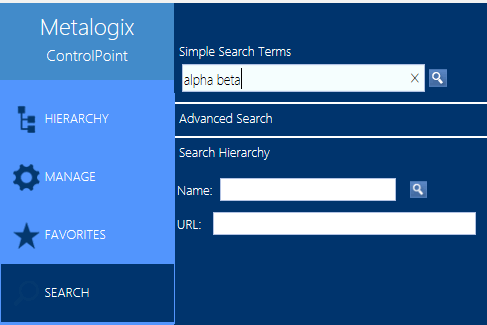
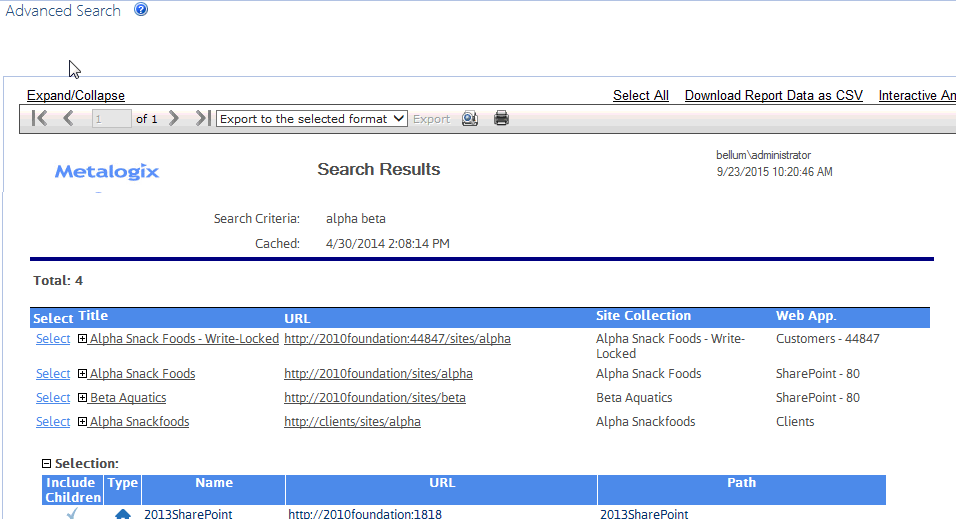
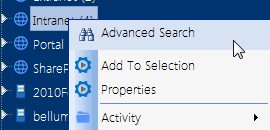
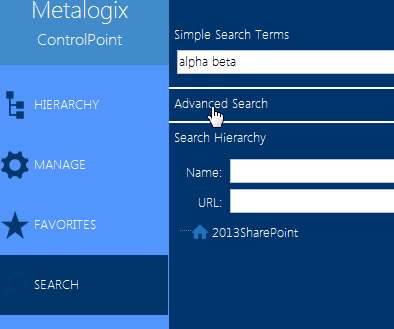
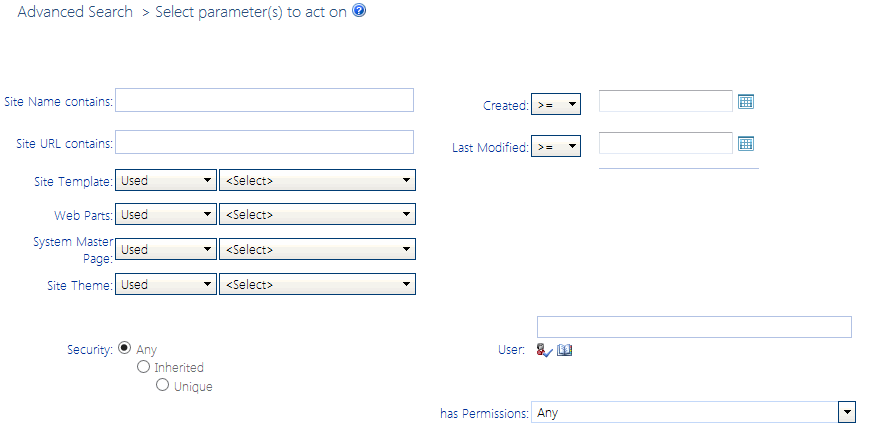
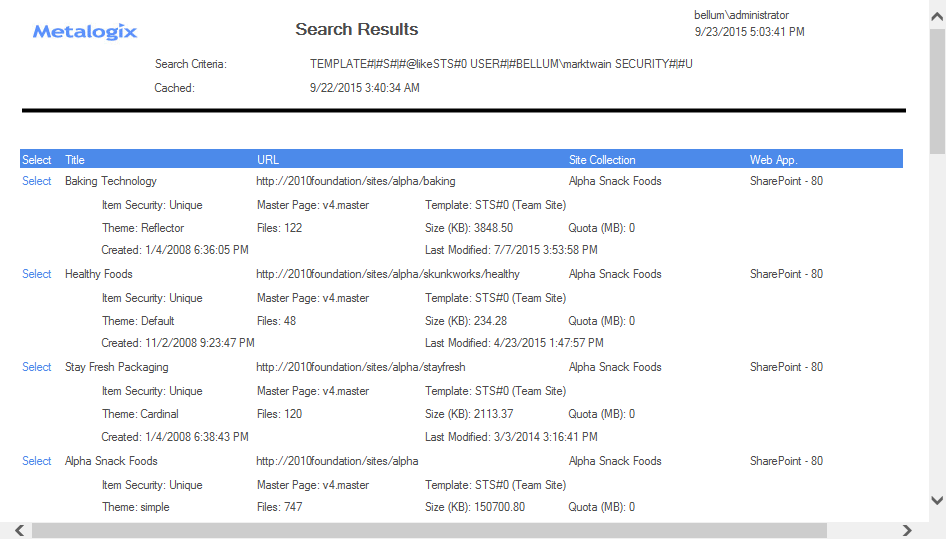



 ).
). ).
).
